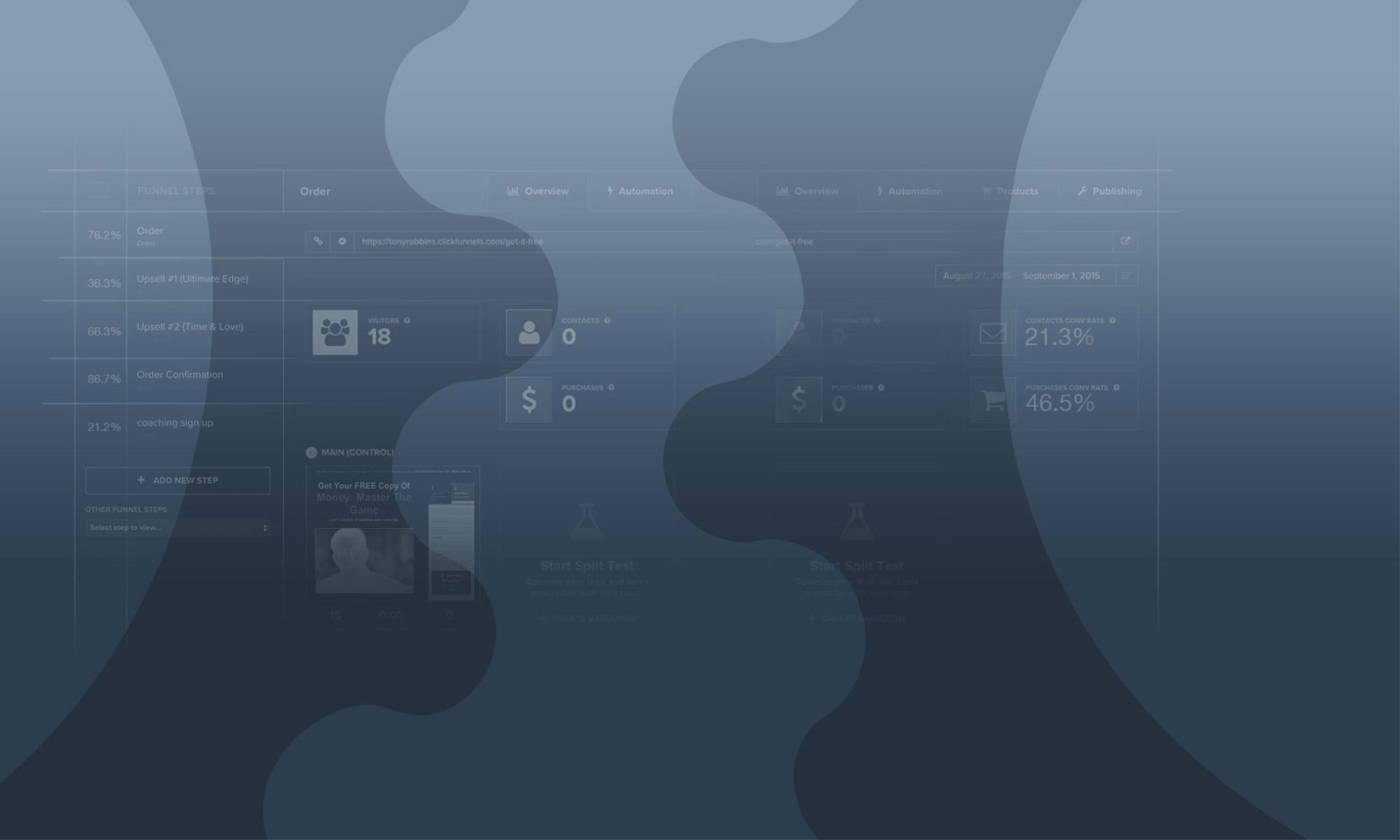You’ve heard about the power of e-commerce and you want to take your business to the next level. Before you can get started, there are a few important differences between the physical and online stores that you should know about.
E-commerce is essentially selling goods and services through a website, in such a way that you don’t need a physical store to enable the transaction.
Imagine classic brands such as Amazon or boohoo.com – they don’t bother with anything more physical than a warehouse for their products. Accounting software like Xero offers their services purely online.
E-commerce is booming, and now is a good time to jump on the bandwagon and get your business into the fastest moving new sales space.
Prepare for some culture shock, though!
Website-based stores obviously have a very different setup and method of ongoing maintenance than the physical stores you may be used to, so it’s important to be clear on your expectations going in.
We’ve prepared a helpful list of some of the biggest things to watch out for.

1. Delivering the Product
In a physical store, an inventory management system is an absolute necessity. Indeed, you often have to be tracking inventory in real-time which usually requires software that’s just too expensive.
Moreover, in a physical store, it’s almost impossible to keep all of your items where they’re supposed to be – unaware customers always seem to move something, don’t they?
An online store is completely different. For one thing, your customers can’t touch any of your stock, and so don’t interfere with your systems of arrangement.
Additionally, and quite vitally, the nature of e-commerce means that every step of the ordering and delivery process gets logged into a computer so that your inventory tracking happens automatically!
And, if you’re worried about the inventory process, why not get into dropshipping?
Dropshipping is essentially getting consumers to buy a product from you, which you then buy from a third-party and deliver to your customer.
With both dropshipping and more traditional e-commerce, the big consideration is delivery: you’ll need to investigate how you can cost-effectively delivery the product to your customer. This is more complex in the case of a physical product, rather than a service, but even then it’s about what system you’ll use to deliver the content.
Related article: How to Make Money from a Productized Service
2. Security
A physical store is obvious enough in terms of security: thieves might break in and steal from the cashbox or from the shelves. If you’re truly unlucky, they’ll get the store computer and, with it, your accounting records.
Unfortunately, the risks are actually a lot bigger online. It’s much harder for thieves to get your ‘cashbox,’ short of hacking your bank account, true. It’s also harder for them to steal your product unless they’re creating false accounts or reselling your product.
However, remember that stored on your website is all of your customer data. Your clients’ names, addresses, contact information and credit card details are all hackable if the wrong person comes along.
It’s important that you take care to ensure that your customers can trust you with this information about them, and the best way is to investigate some software you can install to help protect your website.
Thankfully these are usually cheaper than most measures needed to protect a physical store.
It’s a good idea to work with your website provider to see what their recommended security measures are.
If your customers have doubts about whether you care enough to protect them, they won’t come back. It’s as simple as that.
3. Genuine Human Engagement
In a physical store, you have the chance to charm your customers off their feet and then sell and support them as their needs entail. In an online store, you’re simply not there to offer this.
So, how can you still keep the experience warm and friendly?
One big thing is your landing page: think of this as your business’s handshake.
You don’t want to be so aggressive in your sales that the customer feels threatened. If they don’t get the sense that you’re offering them a product, however, they just won’t bother trying to sell themselves on your brand.

Make sure that the tone you set in your landing page is consistent with the rest of your website and that your text throughout feels like a human wrote it.
Consider also using carefully designed chatbots – they can help troubleshoot issues on-the-go and also answer a lot of basic questions that consumers may have. Some companies have found great success with these, so whether they’re easily integrable into your website idea is completely up to you.
We can help you build and integrate a chatbot into your business today. You can find out more about it here: https://funnelfixit.com/dfy-bots
Another idea, depending on your resources, is to encourage consumers to contact you with their concern and feedback over social media. Your team should include a marketing manager whose role also includes your social media presence.
If this person can respond to messages within 1-2 hours, not only does Facebook note it and let your customers know, but it reminds the consumer that there’s a real human listening to them.
4. Integrating the Back- and Front-End
Just like in a normal physical store, there are two distinct sides to your business.
There is the front-end, which your customers see and is your consumer interface. Think of this as the shopfront where everything is appealing and welcoming.
Then, there’s the back-end which is primarily purposed towards your organisational and maintenance needs. Think of this as the storeroom at the back where all of your spare materials and general “clutter” are kept.
Just like a physical store, you need to work out how you can slip to and from each area and how to make sure there’s no overlap.
This largely comes down to how closely you’re working with your website developer: often developers are skilled in either front- or back-end work. If you end up taking on two developers – one for each side – it will be worth getting them to sit down together to ensure that they’re able to seamlessly integrate the work they’ve each done.
Alternatively, when you advertise the position on various sites, you can ask for “a full stack of skills” which in tech parlance means qualifications on both sides.
Be warned though, the more qualifications you ask for, the dearer the cost of set-up.
Other options are to look into website builders which often have processes already in place to integrate these.
Related article: Growth Hacking and Growth Marketing: How to Optimize Your Startup’s Growth

Ready to Go
So, now you know the key differences between setting up a physical and online store. All that’s left is to get cracking.
Open up your doors to the endless possibilities that an online store can offer you – it’s a great way to boost your business.
To find out more about ecommerce systems and dropshipping, we’ve put together some more information here including the exact tools we use in our fully automated selling systems.
We’ve also partnered with some experienced Shopify sellers to create FunnelFixIfy – Funnel Fix It for Shopify! Find out more here: funnelfixify.com
We’ve helped countless #FunnelHackers overcome broken links, invalid redirects, missing Pixels, the wrong videos in webinars–the list goes on…
But, all of these issues can be avoided by following our Ultimate Launch Checklist. Grab it for free now!



































